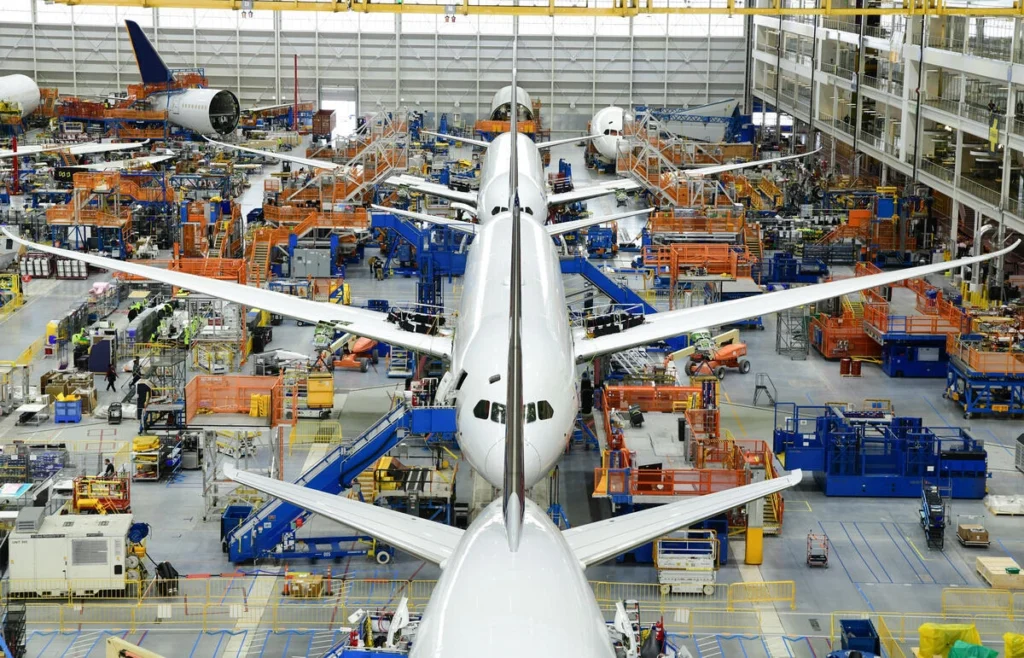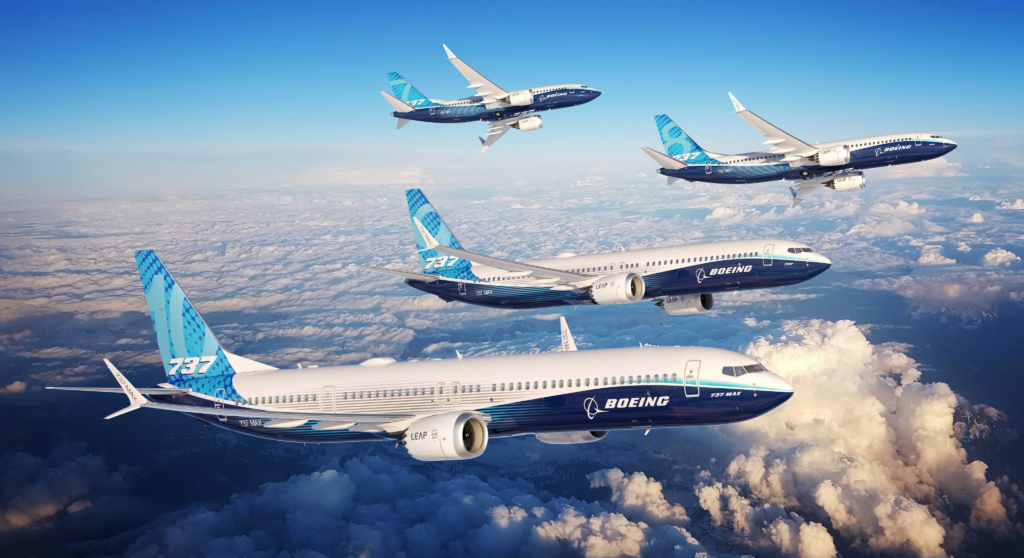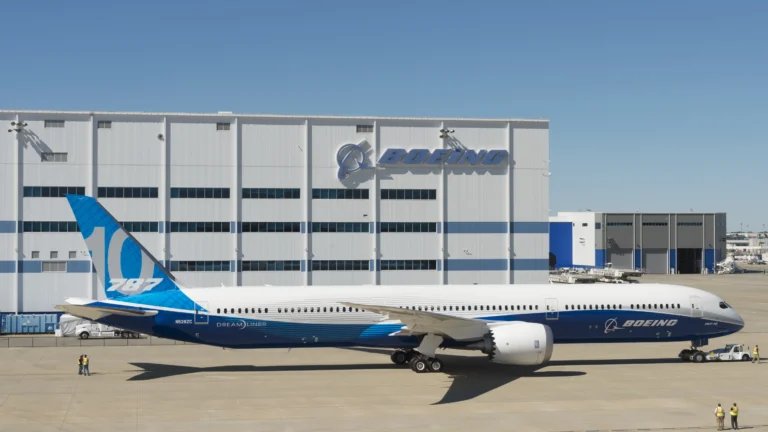PARIS- Boeing arrived at the 2025 Paris Air Show amid signs of corporate recovery and strong order momentum. But a tragic crash involving an Air India (AI) Boeing 787-8 from Ahmedabad (AMD) to London (LHR) on June 12 cast a long shadow over the event.
The crash killed 241 of 242 people onboard and has led Boeing to scale back its presence at the show. While the cause remains under investigation, the incident raises fresh concerns about the company’s path to recovery.

Boeing Challenges Ahead of Paris Air Show
Until the Air India 787 crash, Boeing had planned to showcase major recovery strides, including large orders, improved production, and leadership stability under new CEO Kelly Ortberg.
However, the fatal accident just days before the Paris Air Show led Boeing to adopt a lower-profile strategy, with both its CEO and commercial aircraft chief opting out of attendance, Flight Global reported.
The Indian Aircraft Accident Investigation Bureau (AAIB) has begun its inquiry, and though the cause may ultimately be unrelated to Boeing’s design or processes, the incident has sparked renewed scrutiny of the aircraft maker. It comes at a sensitive time as Boeing seeks to rebuild its brand after multiple high-profile safety and production setbacks.
Despite the looming crisis, Boeing has recently seen strong order activity. On May 14, Qatar Airways (QR) signed a record-setting deal in Washington D.C., ordering 120 Boeing 787s and 30 777-9s, with options for 50 more.
The $96 billion agreement was witnessed by U.S. President Donald Trump and Qatari Emir Sheikh Tamim bin Hamad Al-Thani. A day earlier, AviLease of Saudi Arabia ordered 20 737 Max 8s, and on May 9, IAG ordered 32 787-10s for British Airways (BA).
These deals, especially the Qatar Airways order, are helping reposition Boeing as a trusted global manufacturer. Analyst reports suggest that under Ortberg’s leadership, Boeing may finally be moving beyond its crisis era.

Challenges Remain on Certification and Strategy
Boeing still faces serious hurdles. Its 737 Max 7, Max 10, and 777-9 programs remain delayed and need to complete certification.
Production remains capped at 38 737s per month due to FAA restrictions following quality control failures—most recently, the 2024 door-plug incident on an Alaska Airlines 737 Max 9.
The company is also working to acquire Spirit AeroSystems, its largest supplier. The deal, complicated by Spirit’s involvement with Airbus (A350, A320neo) and Bombardier programs, is structured to split Spirit’s assets among Boeing and Airbus.
Boeing aims to stabilize fuselage production for the Max program through this acquisition.

Rebuilding Trust with Customers
Industry leaders are cautiously optimistic. United Airlines (UA) chief commercial officer Andrew Nocella recently praised Boeing’s progress with the 737 line. However, he noted the 787 program still lags. Many customers have urged Boeing to focus on existing aircraft rather than announce new ones.
Aengus Kelly, CEO of AerCap, voiced strong reservations about future concepts, saying he wants current models to perform reliably before entertaining new designs.
Boeing’s long-term product strategy remains in flux. The company recently halted development of the NASA-backed X-66 truss-braced wing demonstrator, which had promised a 25% efficiency improvement. Boeing says it will continue researching thin-wing designs but is shifting focus to resolving immediate certification and production challenges.
Analysts believe Boeing must eventually launch a 737 successor by the mid-2030s to compete with Airbus’s A321neo and XLR. But for now, Boeing’s near-term focus remains on restoring operational consistency and customer confidence.
Stay tuned with us. Further, follow us on social media for the latest updates.
Join us on Telegram Group for the Latest Aviation Updates. Subsequently, follow us on Google News

